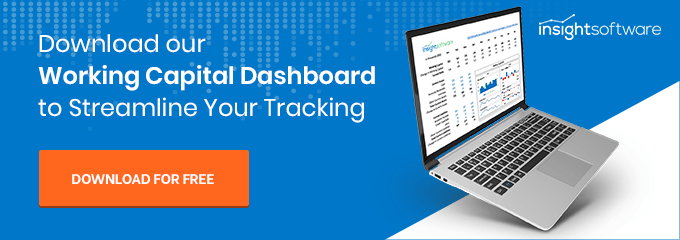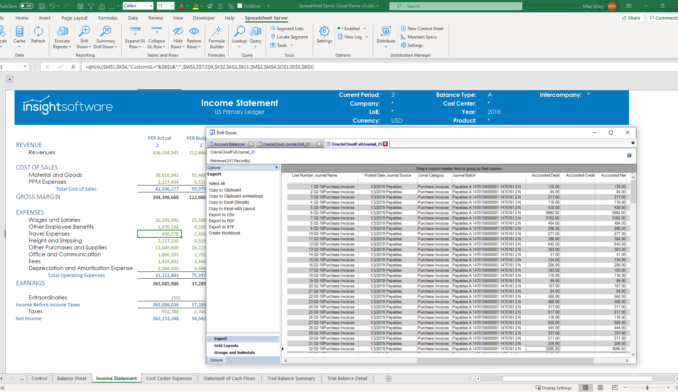4 Factors that Determine Your Working Capital Needs

How much working capital do you need to keep on hand? The more the better, of course, but it’s rarely that easy. Companies must strike a careful balance between having enough working capital to keep themselves agile without socking away so much that they hamper long-term growth.
Further complicating things, the right amount of working capital is different for all companies. This is one of those metrics that everyone tracks, yet each company interprets differently. When you’re trying to determine the right amount for your own organization, consider these factors.
The Operating Cycle
The operating cycle is essentially the amount of time it takes your company to invest capital, produce goods or services, and then transform them into revenue. It could be monthly, quarterly, yearly, or an even longer timeline. Understanding the length of the operating cycle gives you an indication of how much capital you need to sustain momentum and how long you have to wait before that initial investment returns as revenue.
The Sales Cycle
Working capital needs can change throughout the year depending on the seasonality of the business. For example, if sales surge around the holidays, the company probably needs to have the most capital on hand in the spring or summer so they can begin stockpiling inventory. The company can expect to have a lot of capital on hand right after the holiday sales season.
Long-Term Goals
The old saying that you have to spend money to make money still holds true. If your company aims to grow as quickly as possible or maximize profitability, that will likely increase your need for working capital. Alternately, if you’re committed to slow and steady growth, you’ll be creating less capital, but need less of it as well. Working capital needs should always align with the realities of the present along with the goals for the future.
Individual Requirements
Some businesses need more working capital than others because they have to pay specialized taxes, work on extended payment schedules, comply with new regulations, or update technology regularly. As suggested earlier, every business faces unique circumstances that affect how much working capital it needs. Keep in mind that these circumstances can change as companies grow, move into new territory, or adopt new strategies.
Tracking Working Capital through Financial Reporting
Quantifying your working capital needs is just the first step. More important is tracking how much working capital is on hand while constantly reevaluating how much is necessary. Traditional financial reporting methods don’t make it easy to track this and other financial KPIs or to trust that the data is complete and current. As a result, many companies are quietly struggling to track their working capital as capably as they would like.
Fortunately, insightsoftware offers a seamless solution. Our financial reporting dashboards track financial KPIs and a host of other performance metrics using advanced automation. From the user’s perspective, that means always having the latest information about working capital or anything else without having to manage the data themselves. To fully appreciate the effect this has on decision making, take the working capital dashboard for a test drive. Download our Working Capital Dashboard here.









